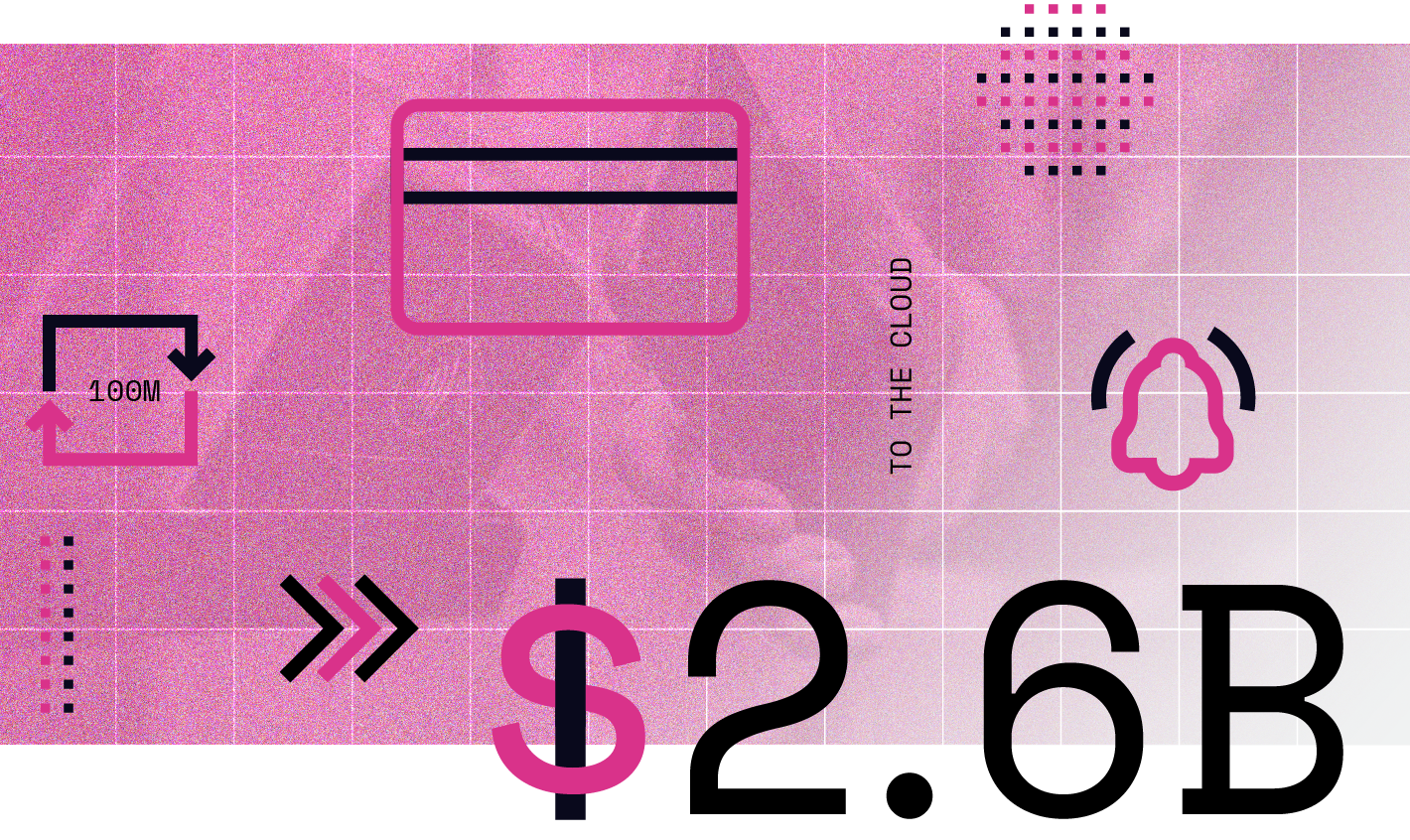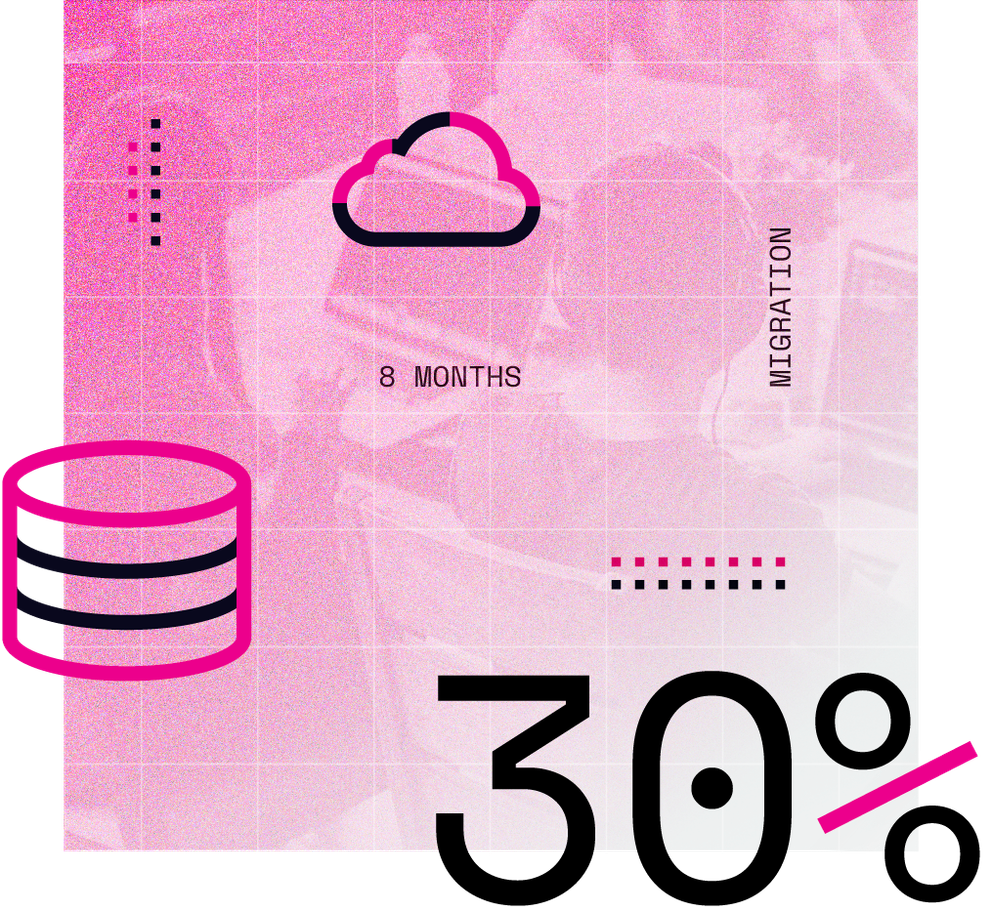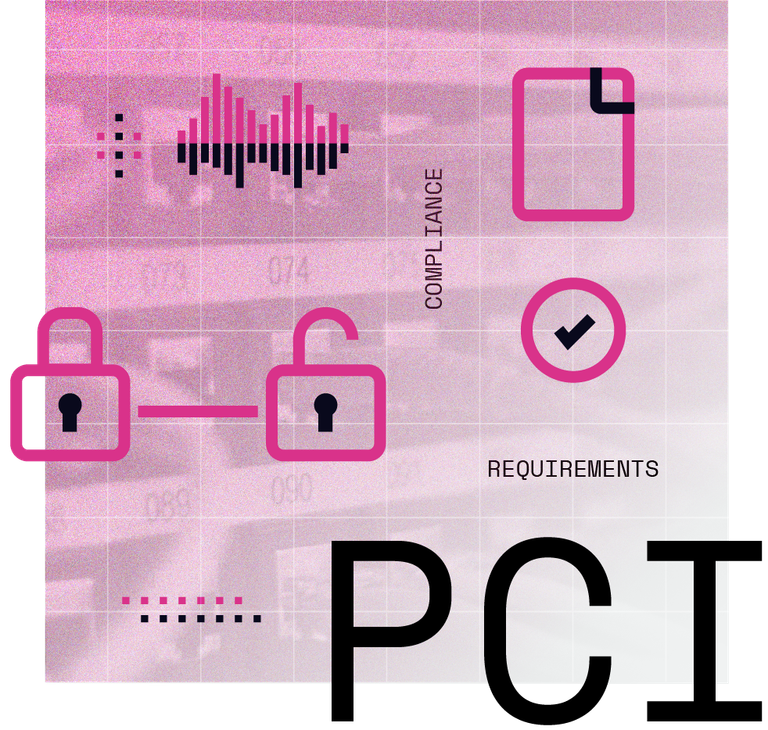Streamlining payment solutions through cloud migration
OVERVIEW
Mint Payments provides payment solutions for more than 2,000 merchants. As part of its expansion plans, the company acquired IPG Group, which had recently completed a cloud migration using in-house resources. This time around, Mint chose to partner with Slalom for its migration and was able to move in a much faster time frame by leveraging our experience and resources. Mint also expanded the project scope to migrate and modernize additional servers. Customers now benefit from faster, more frequent product updates, and Mint has saved on costs while increasing reliability.
SCOPE
Cloud Architecture, Cloud Migration, Cloud Enablement, Cloud Foundations, Cloud Infrastructure, Cloud Modernization, App Modernization, Platform Engineering
TECHNOLOGY
Amazon Elastic Compute Cloud (EC2), AWS Control Tower, AWS Config, AWS CloudTrail, AWS Backup, AWS Systems Manager, Amazon CloudWatch, AWS Application Load Balancer, AWS Network Load Balancer, AWS Certificate Manager, AWS CodePipeline, AWS Security Hub, Amazon GuardDuty, Amazon Relational Database Service (RDS), Amazon ElastiCache, AWS Cloud Development Kit (CDK), Amazon Elastic Container Service (ECS) on AWS Fargate
A growing payments processor graduates to the cloud
Mint Payments is an Australian fintech that specializes in an end-to-end payment solution that enables SMBs and enterprise businesses to accept payments from their customers and make payments to their suppliers locally and internationally. Mint processes more than 100 million transactions every year, with an annual transaction value of $2.6 billion.

The limited value of on-premises data centers
Mint faced a decision point about its server strategy when its data center leases were set to expire. Migrating to the Amazon Web Services (AWS) Cloud would solve a number of problems:
- On-premises infrastructure was more expensive because Mint was paying for capacity that it didn’t always need.
- Maintaining the hardware and software took too long, which increased costs and tied up staff resources.
- Application running on Legacy hardware presented with security and resiliency risks.
- Manual deployment of upgrades and patches to the production system caused downtime and meant that payment services were not always available to customers.
- Non-production and production environments were not aligned due to different data center hosting sites, different operating system and patch levels, and manual promotion of codes from non-prod to production.
The cloud migration would deliver efficiency gains by leveraging the scalability and agility of AWS, while also improving the reliability of payment services.
“Cost reduction was a main driver for the migration. The payment industry has peaks and troughs, and when there’s physical hardware, you have to pay to accommodate peak demand all the time.”
— Sandra Willis, Chief Operating Officer, Mint Payments

Saving time and resources with the cloud
Mint moved to the cloud knowing that it was the right decision based on previous experience. In 2021, Mint acquired IPG Group, a European payments processor that had already completed a migration to the AWS Cloud to gain operational benefits.
The entire Mint migration was accomplished in eight months. Mint successfully exited its on-premises environments and modernized its core product application through containerization, using services including Amazon Elastic Container Service (ECS) on AWS Fargate.
The financial benefits are real: it costs Mint 30% less to operate on the AWS Cloud than in on-premises data centers.
In terms of achieving high availability, downtime has been almost eliminated because it is much faster and easier to deploy changes. Previously, a team member would spend two weeks per month manually patching various servers. Now those updates happen with minimal effort for every deployment. No more midnight releases and worries about security when patching. That team member is freed up to do other, more valuable tasks.
The modernization of Mint’s core product application allows cloud engineers to push changes more frequently with higher-quality code that has been tested and promoted through various environments using a cloud-friendly pattern.
The company’s payment card industry (PCI) compliance process now has automated controls and centralized logging and auditing, which cuts the time required to complete the process by 75% and improves remediation.
“Working with Slalom made it an easier and more streamlined migration.”
— Sandra Willis, Chief Operating Officer, Mint Payments

The advantages of migrating with Slalom
Having taken lessons from IPG’s migration experience, Mint staff worked with AWS to find the right partner to make the process smoother and faster. Slalom played an important role in the speed and success of the migration and modernization project.
Mint originally planned to migrate the iDrive server in North Sydney, which hosted workloads that served workspace applications and operational systems. During the assessment phase, Slalom made the case for also migrating the production and pre-prod workloads on the Rackspace server and helped secure AWS funding for the project.

All workloads were moved from legacy hardware to AWS infrastructure.
Operational efficiencies were achieved by using AWS managed services for patching, backup, and security.
Slalom gave Mint a more efficient way of managing the PCI compliance requirements on AWS instead of on-prem, so Mint can have automated controls and remediation auditing.
One of the strategic decisions that contributed to the success of the modernization effort was creating a reproducible pattern that allows cloud engineers to either migrate their applications incrementally or begin creating new applications with modern best practices in an available, microservice manner.
“For us, it was really comforting having a partner there. We thought of Slalom as one of us, because they were as invested in the success of that migration as we were.”
— Sandra Willis, Chief Operating Officer, Mint Payments
Future expansion enabled by efficient infrastructure
Mint Payments is now more resilient and well-positioned for growth, with lower costs and less risk associated with its server infrastructure. The company is aiming to significantly increase its merchant base in the next 12-18 months now that it can get products and solutions to market more quickly.
With the increased flexibility and automation afforded by the modernization and cloud migration strategy, in-house staff can focus on higher-value activities.
Next Up